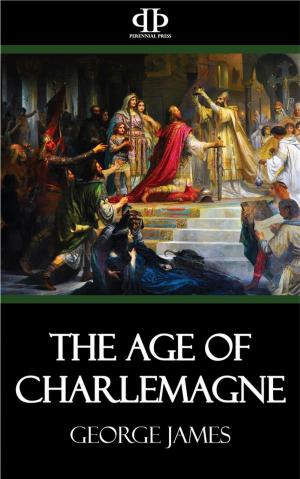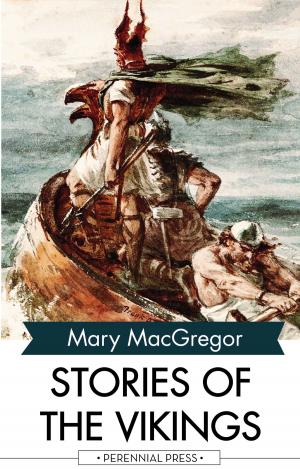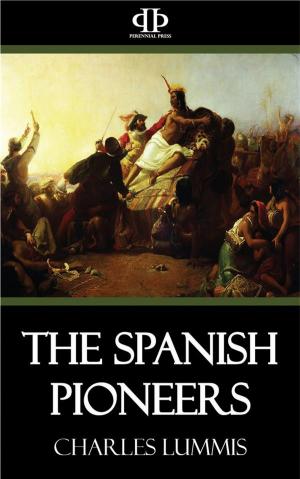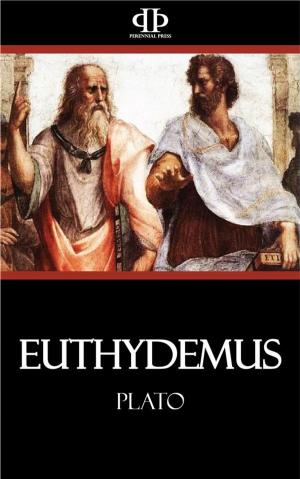The Cambridge Medieval History - Book I
From the Rise of Constantine to the Death of Julian
Nonfiction, History, Ancient History, Rome, Medieval, Civilization| Author: | H.M. Gwatkin, J.S. Reid, Norman Baynes | ISBN: | 9781531227760 |
| Publisher: | Perennial Press | Publication: | February 23, 2016 |
| Imprint: | Language: | English |
| Author: | H.M. Gwatkin, J.S. Reid, Norman Baynes |
| ISBN: | 9781531227760 |
| Publisher: | Perennial Press |
| Publication: | February 23, 2016 |
| Imprint: | |
| Language: | English |
THE first question that has to be considered in laying down the plan of a Medieval History is, Where to begin? Where shall we draw the line that separates it from Ancient History? Some would fix it at the death of Domitian, others at that of Marcus. Some would come down to Constantine, to the death of Theodosius, to the great barbarian invasion of 406, or to the end of the Western Empire in 476; and others again would go on to Gregory I, or even as late as Charlemagne. There is even something to be said for beginning with Augustus, or at the destruction of Jerusalem, though perhaps these epochs are not seriously proposed. However, they all have their advantages. If for example we consider only the literary merit of the historians, we must draw the line after Tacitus; and if we fix our eyes on the feud of Roman and barbarian, we cannot stop till the coronation of Charlemagne. Curiously enough, the epoch usually laid down at the end of the Western Empire in 476, is precisely the one for which there is least to be said. We should do better than this by dividing in the middle of the Gothic War (535-553). We have in quick succession the closing of the Schools of Athens, the Code of Justinian, the great siege of Rome, and the abolition of the consulship. The Rome which Belisarius delivered was still the Rome of the Caesars, while the Rome which Narses entered sixteen years later is already the Rome of the popes. It is the same in Gaul. The remains of the old civilization still found under the sons of Clovis are mostly obliterated in the next generation. Procopius witnessed as great a revolution as did Polybius.
But even this would not be satisfactory. We cannot cut in two the Gothic War and the reign of Justinian; and in any case we can draw no sharp division after Constantine without ignoring the greatest power of the world — that Eastern Roman Empire which carried down the old Greco-Roman civilization almost to the end of the Middle Ages. In truth, the precise beginning of Medieval History is as indefinite as the precise beginning of the fog. There is no point between Augustus and Charlemagne where we can say: The old is finished, the new not yet begun. Choose where we will, medieval elements are traceable before it, ancient elements after it. Thus Theodoric's government of Italy is on the old lines, while the Frankish invasion of Gaul belongs to the new order. If in the present work we begin with Constantine, we do not mean that there is any break in history at this point, though we see important changes in the adoption of Christianity and the fixing of the government in the form it retained for centuries. The chief advantage of choosing this epoch is that as the medieval elements were not strong before the fourth century, we shall be able to trace nearly the whole of their growth without encroaching too much on Ancient History. At the same time, we shall hold ourselves free to trace them back as far as may be needful, and to point out the ancient elements as late as they may appear.
We begin with an outline of Constantine's life...
THE first question that has to be considered in laying down the plan of a Medieval History is, Where to begin? Where shall we draw the line that separates it from Ancient History? Some would fix it at the death of Domitian, others at that of Marcus. Some would come down to Constantine, to the death of Theodosius, to the great barbarian invasion of 406, or to the end of the Western Empire in 476; and others again would go on to Gregory I, or even as late as Charlemagne. There is even something to be said for beginning with Augustus, or at the destruction of Jerusalem, though perhaps these epochs are not seriously proposed. However, they all have their advantages. If for example we consider only the literary merit of the historians, we must draw the line after Tacitus; and if we fix our eyes on the feud of Roman and barbarian, we cannot stop till the coronation of Charlemagne. Curiously enough, the epoch usually laid down at the end of the Western Empire in 476, is precisely the one for which there is least to be said. We should do better than this by dividing in the middle of the Gothic War (535-553). We have in quick succession the closing of the Schools of Athens, the Code of Justinian, the great siege of Rome, and the abolition of the consulship. The Rome which Belisarius delivered was still the Rome of the Caesars, while the Rome which Narses entered sixteen years later is already the Rome of the popes. It is the same in Gaul. The remains of the old civilization still found under the sons of Clovis are mostly obliterated in the next generation. Procopius witnessed as great a revolution as did Polybius.
But even this would not be satisfactory. We cannot cut in two the Gothic War and the reign of Justinian; and in any case we can draw no sharp division after Constantine without ignoring the greatest power of the world — that Eastern Roman Empire which carried down the old Greco-Roman civilization almost to the end of the Middle Ages. In truth, the precise beginning of Medieval History is as indefinite as the precise beginning of the fog. There is no point between Augustus and Charlemagne where we can say: The old is finished, the new not yet begun. Choose where we will, medieval elements are traceable before it, ancient elements after it. Thus Theodoric's government of Italy is on the old lines, while the Frankish invasion of Gaul belongs to the new order. If in the present work we begin with Constantine, we do not mean that there is any break in history at this point, though we see important changes in the adoption of Christianity and the fixing of the government in the form it retained for centuries. The chief advantage of choosing this epoch is that as the medieval elements were not strong before the fourth century, we shall be able to trace nearly the whole of their growth without encroaching too much on Ancient History. At the same time, we shall hold ourselves free to trace them back as far as may be needful, and to point out the ancient elements as late as they may appear.
We begin with an outline of Constantine's life...















